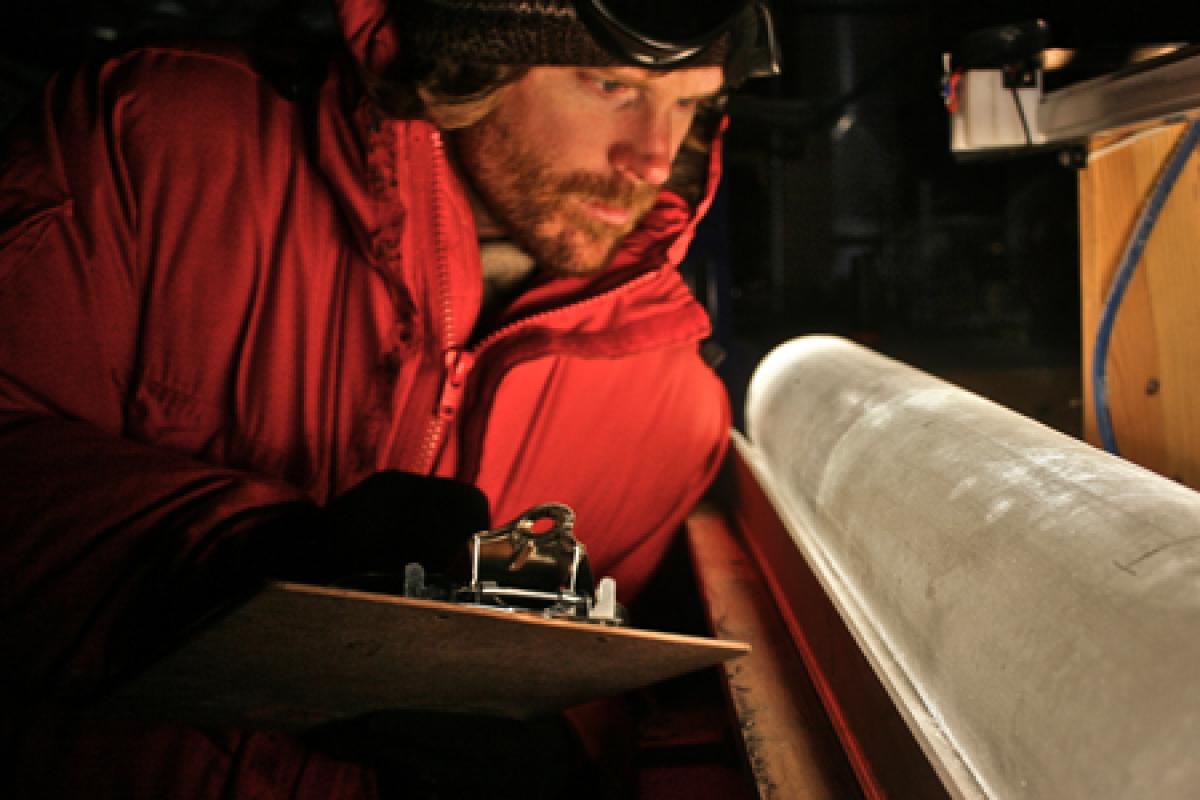The CU Museum is closed until January 8, 2026.
During this time, collection visits will be available by appointment and other special access requests will be considered on a case-by-case basis.
Please email cumuseum@colorado.edu for more information.
Glaciers are water storage tanks.
Twice a year, CU researchers hike to 260 locations on the glaciers to find out how much ice has melted. Measuring glaciers’ height is one way to learn how much water they’ve poured into the soil, streams, and lakes.
Layers in ice hold evidence about how much water has melted off the glaciers in years past—as many as 2,000 years past. Lorem ipsum dolor sit amet, consectetur adipiscing elit, sed do eiusmod tempor incididunt ut labore et dolore magna aliqua. Ut enim ad minim veniam, quis nostrud exercitation ullamco laboris nisi ut aliquip ex ea commodo consequat. Explanation of image.
Some organisms that live on glaciers arrive with their own home-building tools! Bacteria travel in wind-blown dust—called cryoconite—that lands on glaciers. Sitting on ice, the dark dust absorbs the sun’s heat, melting holes in the glacier. Then ice covers the holes and isolates these communities for a year or more. Explanation of image.



